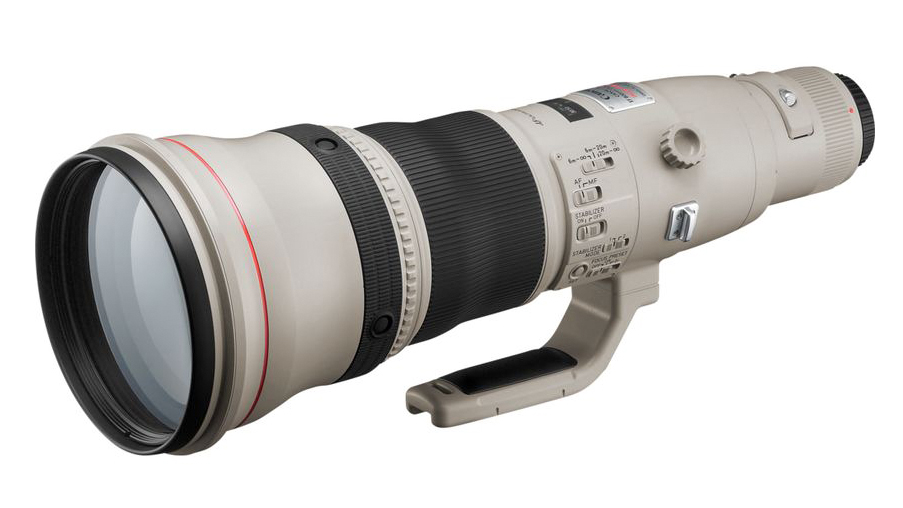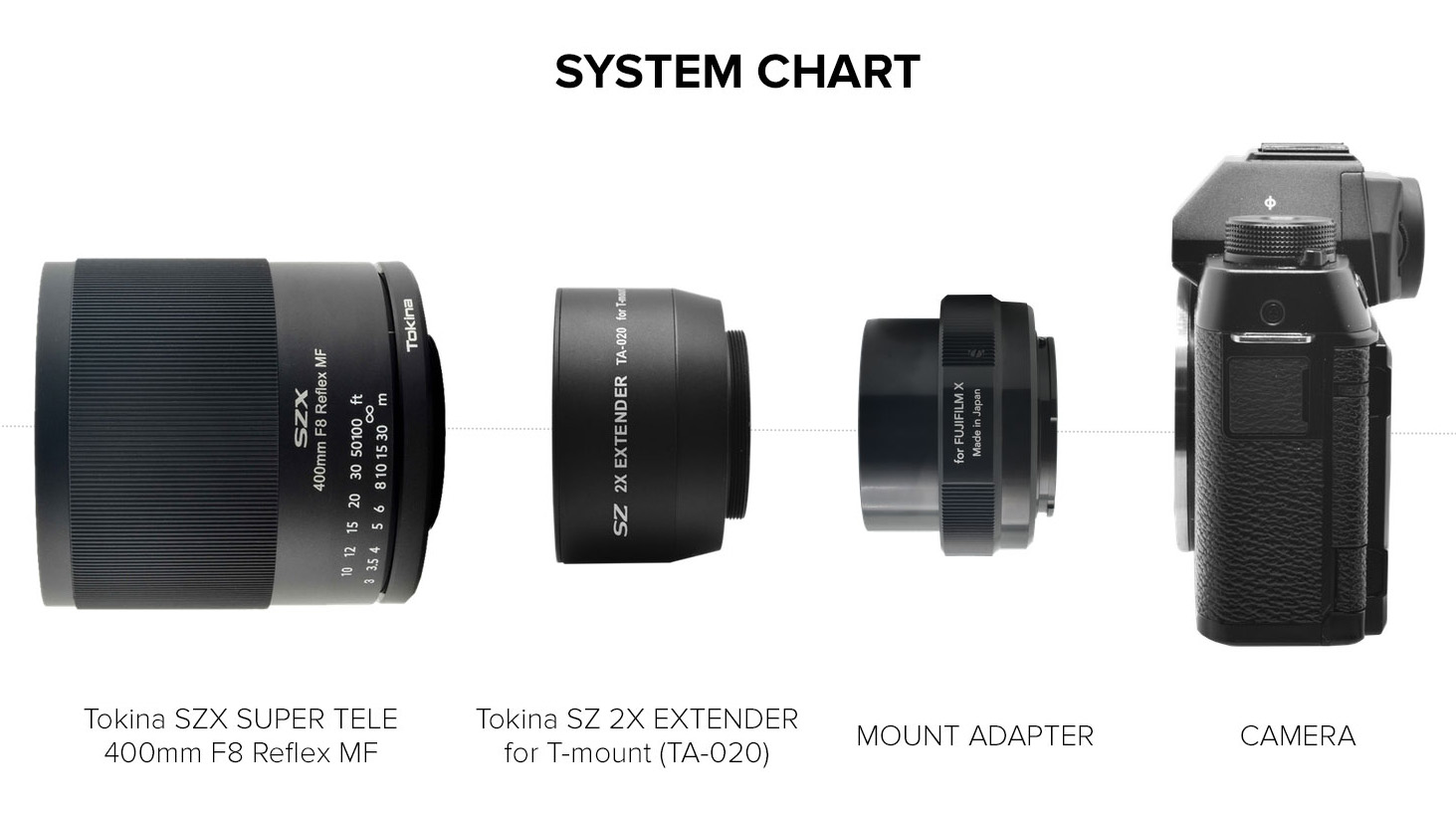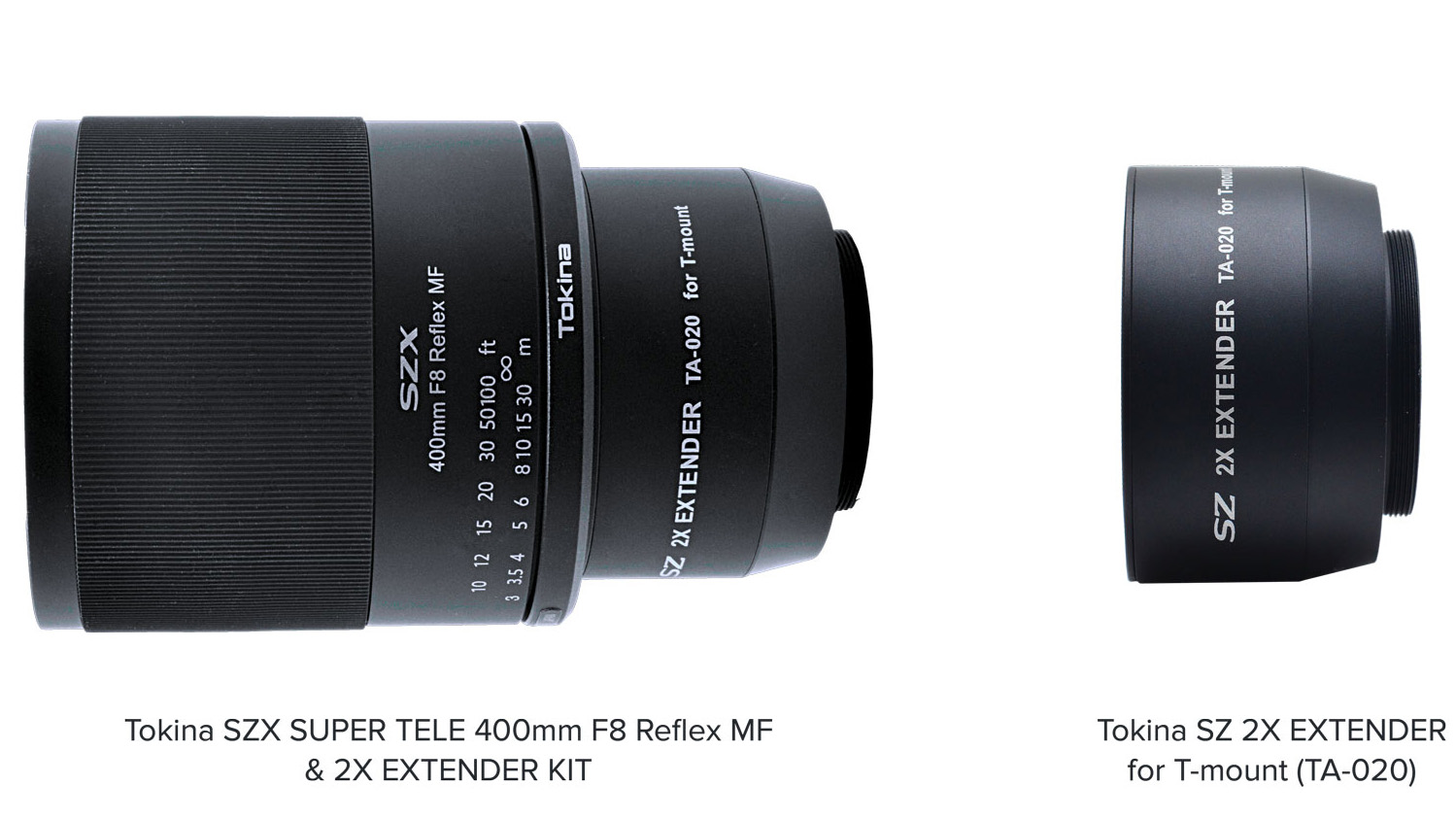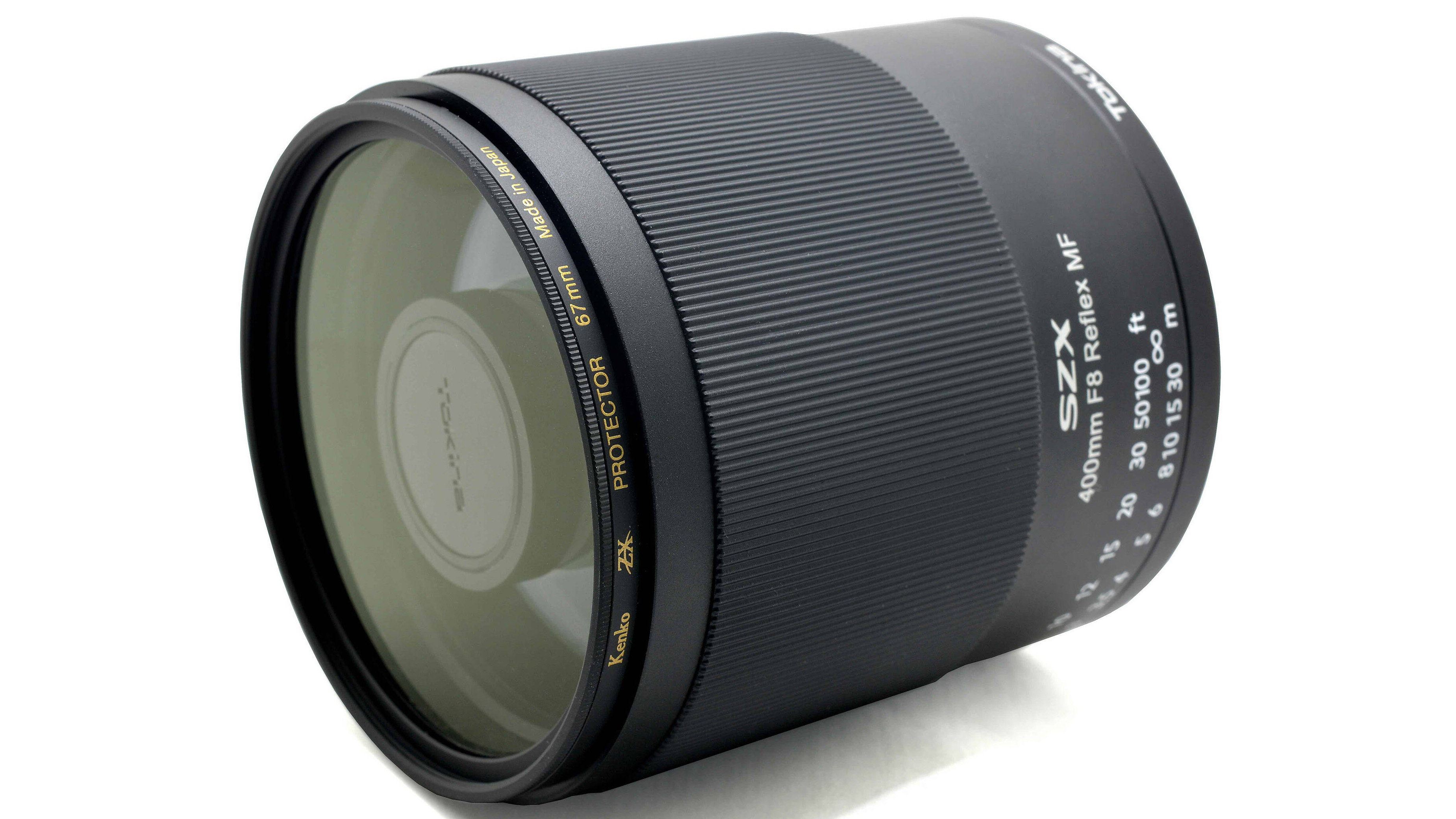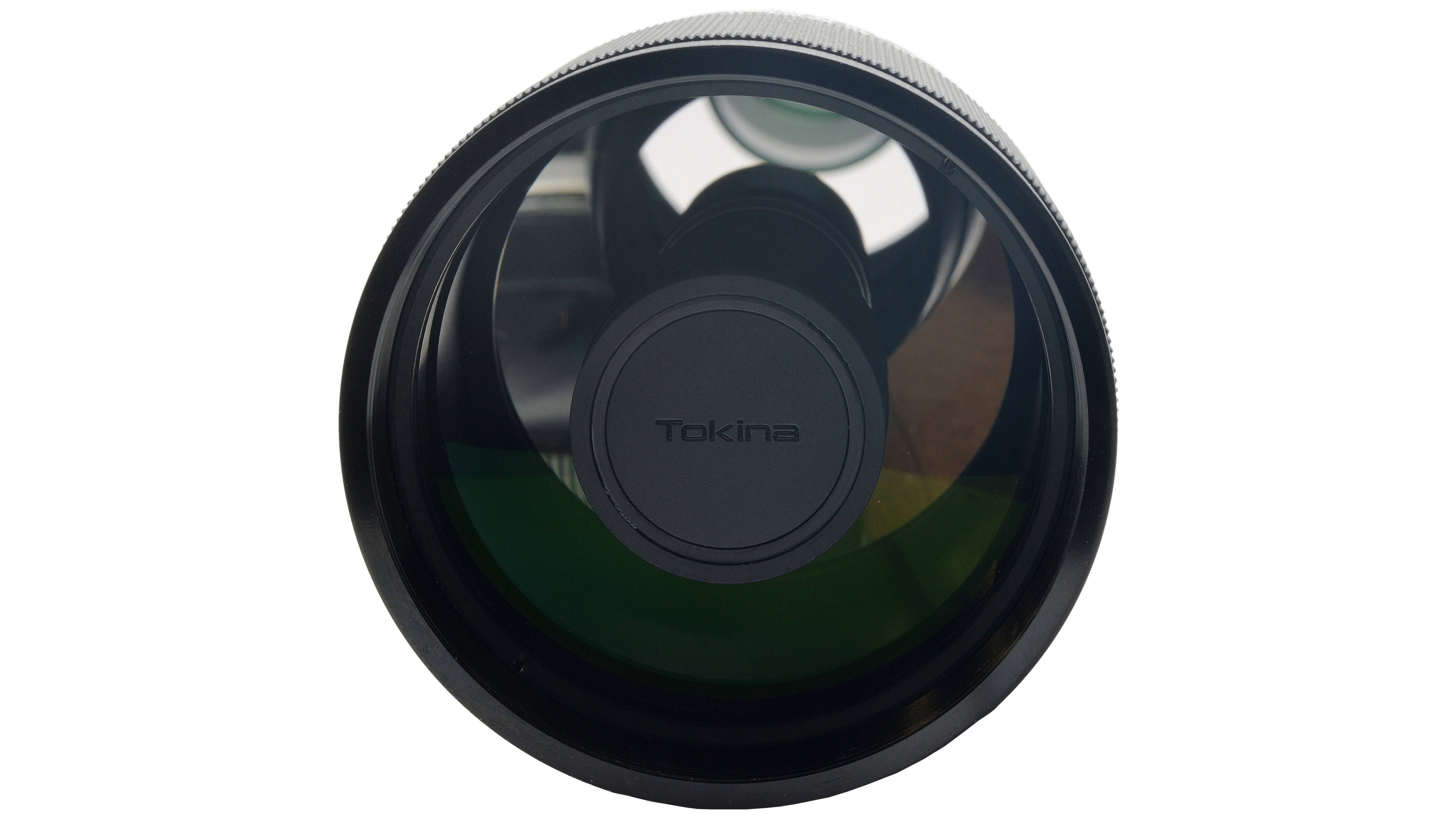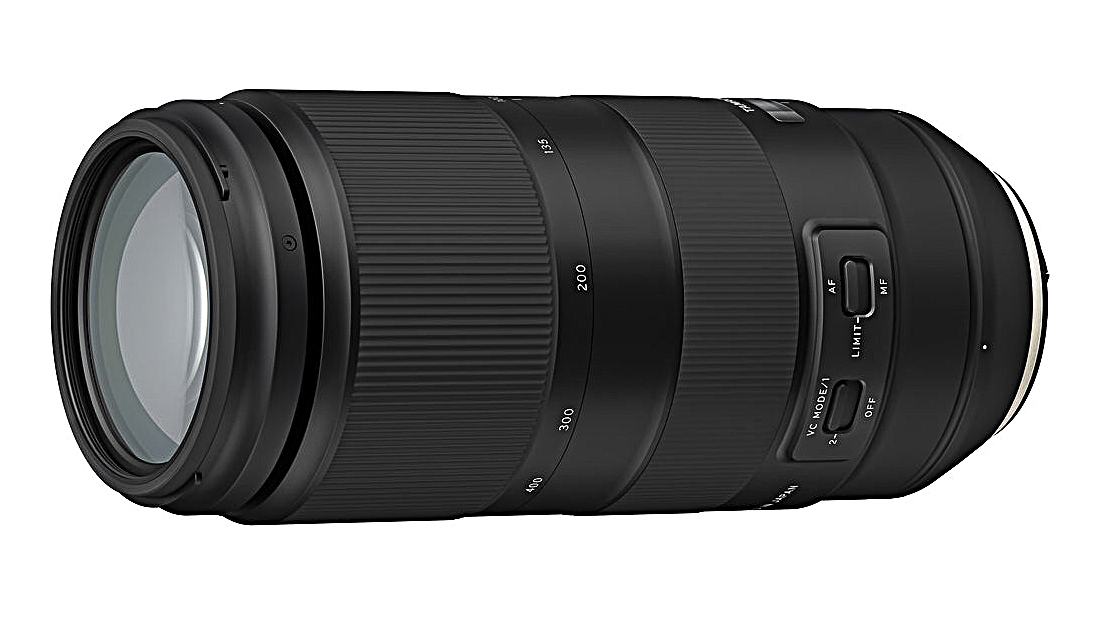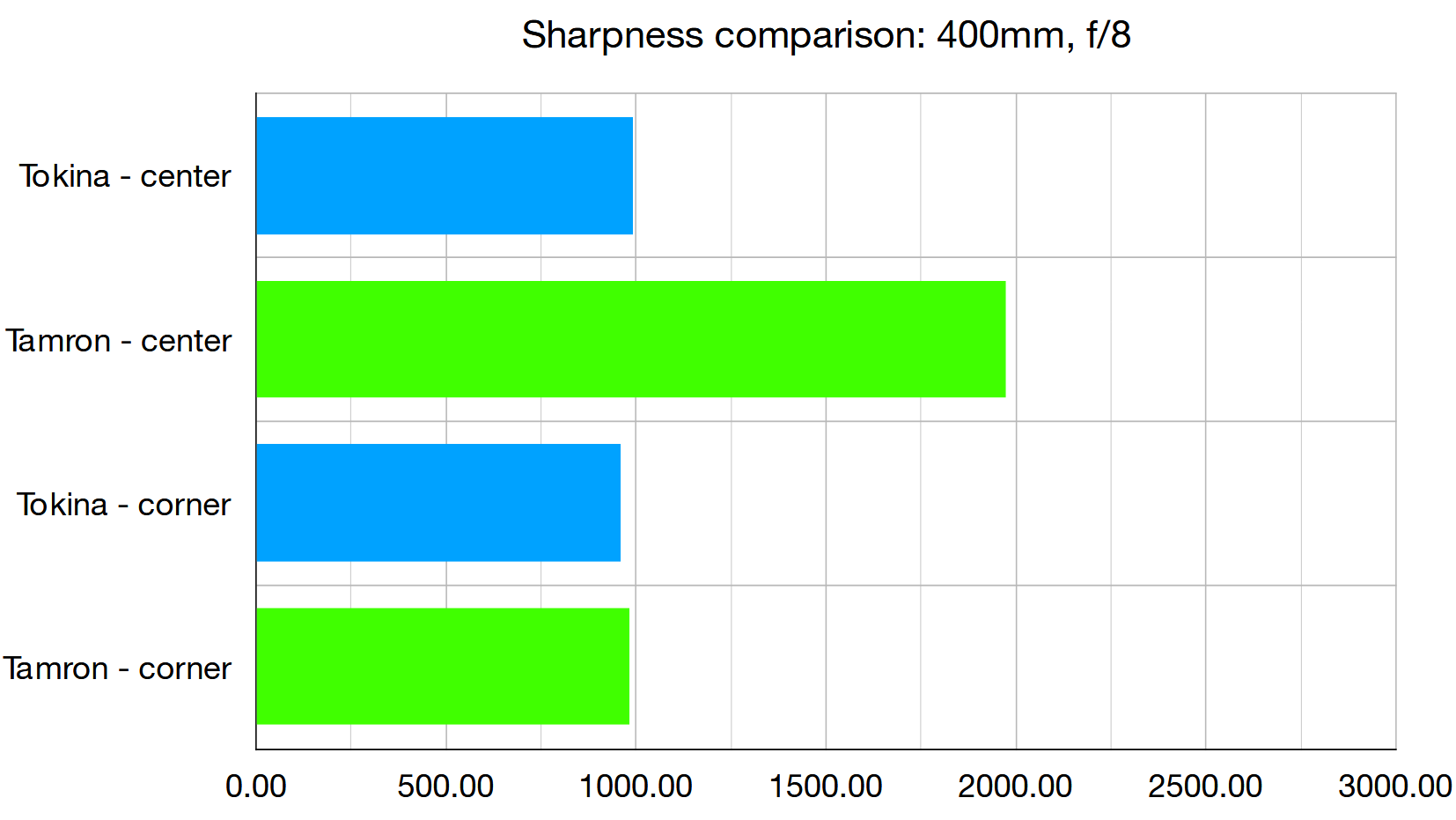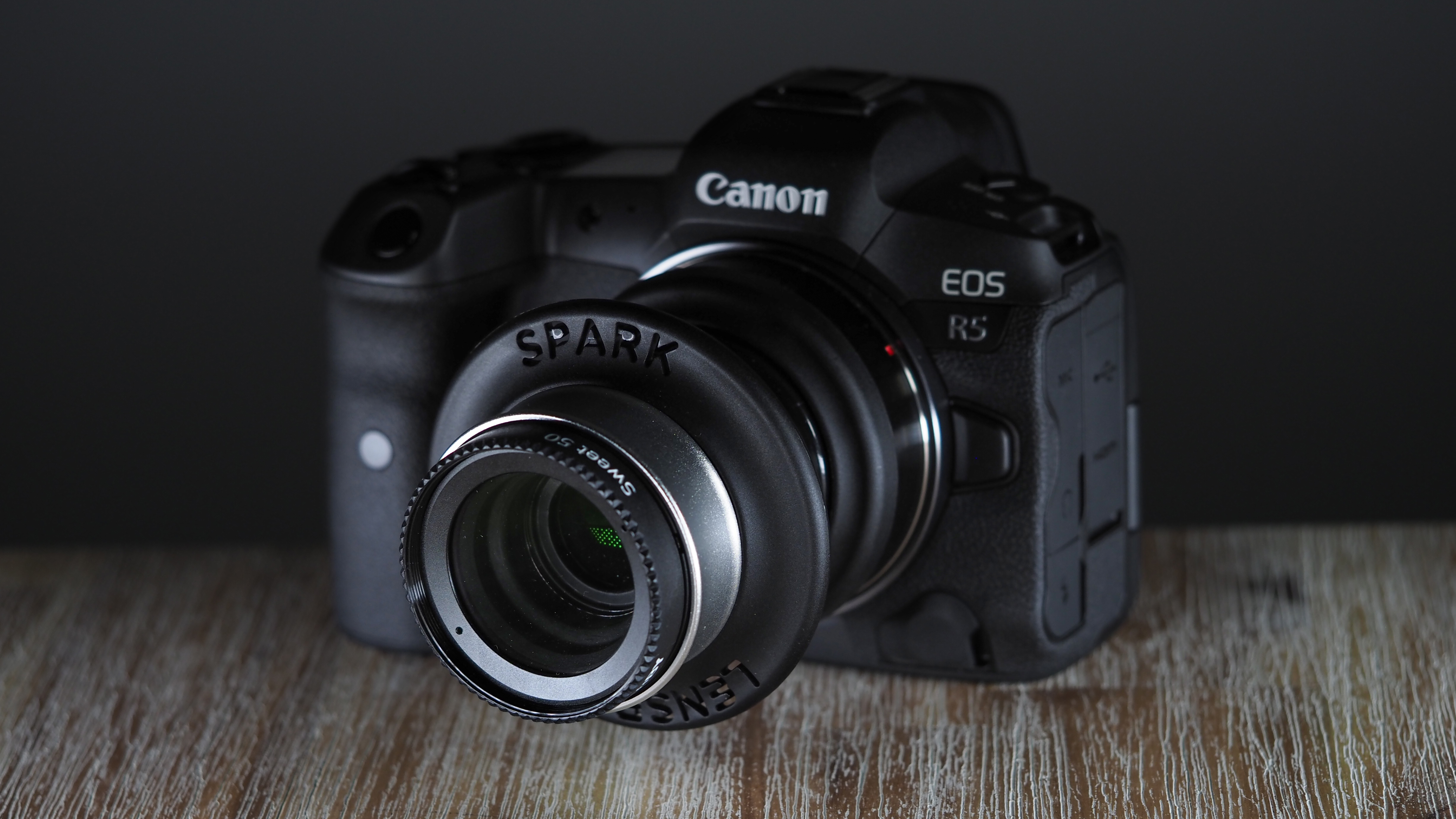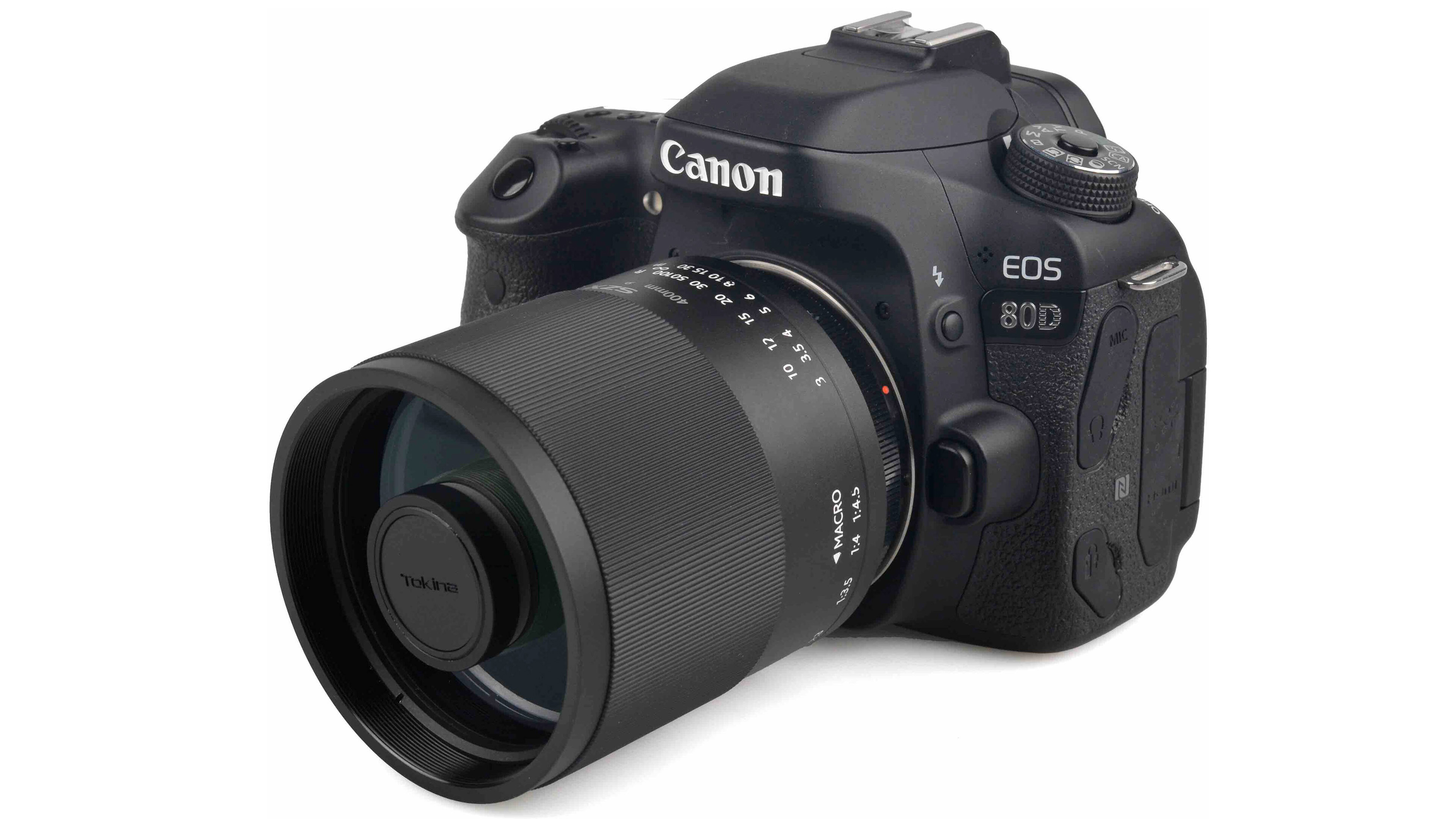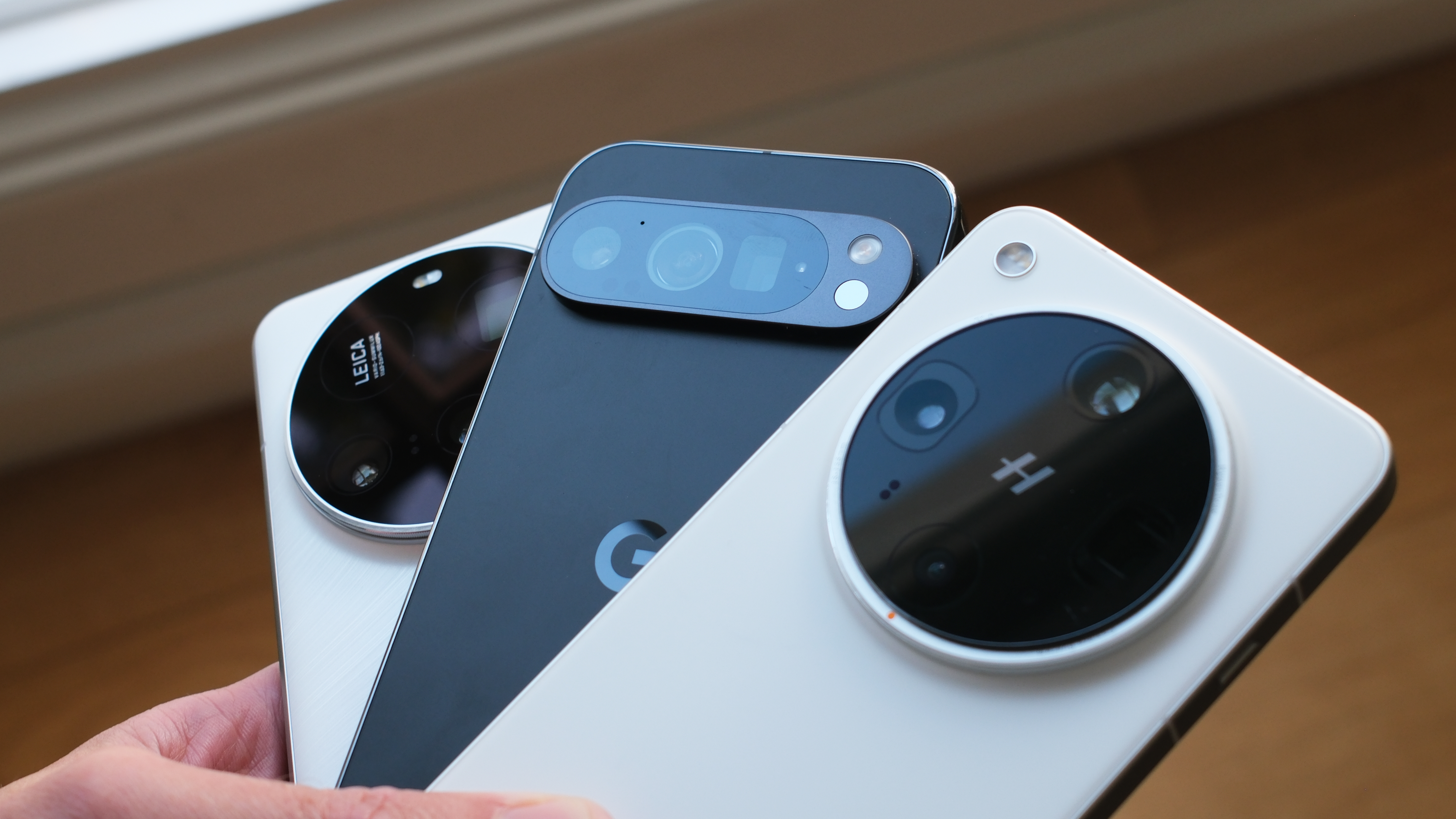Why I'm not tempted by Tokina's new, super-cheap '800mm' full-frame lens
The Tokina SZX SUPER TELE 400mm F8 Reflex MF & 2X EXTENDER KIT gives you 800mm of reach, but at what cost?
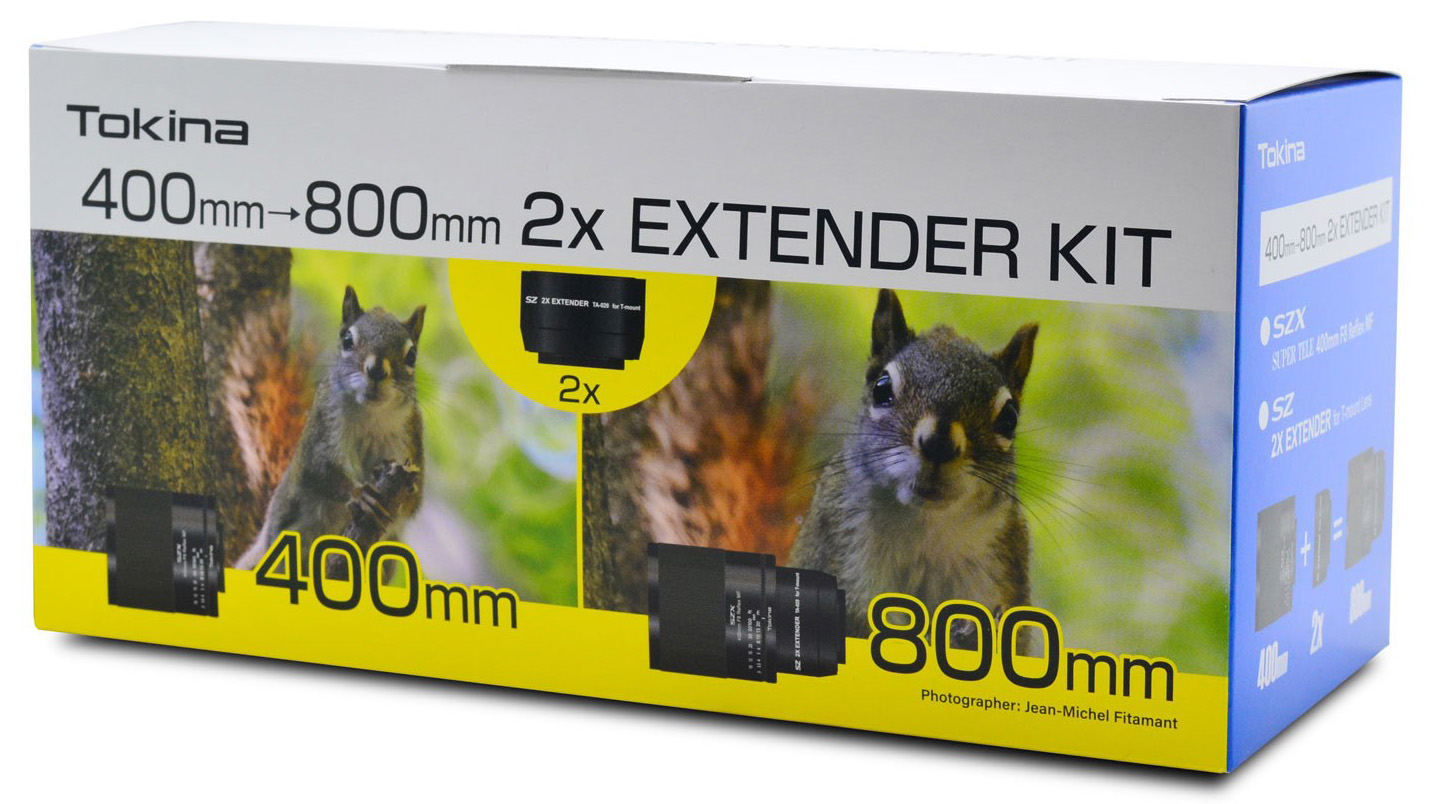
If anything is certain in life, it's death, taxes, and that the cost of an 800mm full-frame lens will be just as painful as certainties 1 and 2. That is, unless you think creatively. In the case of an 800mm lens, Tokina will now sell you a 400mm lens and 2x teleconverter kit, giving you an effective 800mm reach. Official pricing has yet to be revealed, but given the 400mm mirror lens included in the new 'SZX SUPER TELE 400mm F8 Reflex MF & 2X EXTENDER KIT' retails for a mere $249 on its own, and the Tokina SZ 2X EXTENDER teleconverter costs for $99, the kit price is sure to be less than $350.
That's seriously cheap in the world of super-telephoto lenses. For context, a Canon EF 800mm f/5.6L IS USM lens costs $13000, and this buys you a 9.9lb (4.5kg) beast of an optic that's also a whopping 18.1 inches (461mm) long. By contrast, the tiny Tokina is a featherweight 1.42lb and just 6.7 inches long. Even once you add in the length and weight of the teleconverter, you've still got a set-up that's likely smaller and lighter than a typical 24-70mm f/2.8.
Factor that the kit is available for Canon EF, Nikon F, Nikon Z, Sony E, MFT and Fujifilm X mounts, and this is looking like a straightforward home run for Tokina. But before you all start frantically reaching for your credit cards, there's a couple of reasons this deal may not be quite the bargain it appears.
For starters, fitting a telecoverter to any lens will negatively impact image quality. The best teleconverters shouldn't reduce sharpness too much, but a 2x teleconverter will have other downsides, like halving the aperture you're shooting at, so an f/4 lens instantly becomes f/8 with a 2x teleconverter fitted. That needn't be a deal-breaker should your lens have decent optical image stabilisation, and if your camera also has in-body image stabilisation (IBIS), happy days. Trouble is, the Tokina SZX SUPER TELE 400mm F8 Reflex MF lens has a fixed f/8 aperture, and no optical stabilization. That means you'll be shooting at f/16 with the 2x converter attached. Consequently, you'd better have IBIS, or else be comfortable with shooting at high ISO sensitivities, as that'll be your last line of defence against camera shake if you're shooting in anything other than bright sunlight.
But even the narrow aperture limitation could still be a compromise worth making in order to get 800mm of reach for a three-figure outlay. Sure, but it's not the only drawback here, as the Tokina SZX SUPER TELE 400mm F8 Reflex MF isn't your average lens. No, this is a mirror lens. Where a conventional super-tele lens will have a stack of multiple lens elements which progressively focus incoming light straight to your camera's image sensor, a mirror lens contains a series of angled mirrors to bounce light back and forth within the length of the lens, progressively narrowing the field of view until the magnified portion of the original image reaches your camera's sensor. In this sense, the lens acts much like a compact telescope.
However, bouncing light back and forth within the lens isn't the best way to retain the sharpest possible image quality. At least, that's what mirror lens sceptics and haters would have you believe. But we've actually lab-tested the Tokina SZX SUPER TELE 400mm F8 Reflex MF, and can confirm its center-frame sharpness is no match for a well-sorted conventional super-tele lens of an equivalent focal length.
In the graph below, you can see how the Tokina's image sharpness compares to a Tamron 100-400mm f/4.5-6.3 Di VC USD tested at 400mm - an $800 lens, but still great value at the price:
The best camera deals, reviews, product advice, and unmissable photography news, direct to your inbox!
While the Tokina takes a hammering from the Tamron at 400mm when it comes to centre sharpness, the mirror lens design means the Tokina's sharpness is impressively consistent right across the image frame and into the corners, with none of the usual sharpness drop-off associated with conventional telephoto lenses. Furthermore, the Tokina resists lateral chromatic aberration very well, and distortion is minimal.
And it could also be argued that lens sharpness is somewhat overrated anyway - after all, soft focus 'art' lenses like the best Lensbaby and Lomography lenses are prized for their dreamy, ethereal look. But this philosophy doesn't hold up so well when applied to super telephoto lenses, from which you'll almost always want a tack-sharp subject in every shot. While the centre-frame sharpness of the Tokina SZX 400mm is acceptable, throw on a 2x teleconverter and we'd wager that sharpness may well dip below the acceptable threshold, and that's assuming you can even exploit the limited sharpness on offer when that narrow f/16 aperture and motion blur combine to form an almost inseparable alliance.
Having said all that, I love a good bargain, and I'd love this interesting Tokina set-up to prove my skepticism wrong. We'll have to wait until 15 March for the SZX SUPER TELE 400mm F8 Reflex MF & 2X EXTENDER KIT to go on sale and to see quite how cheap the kit will be.
Read more:
The best budget telephoto zoom lenses
The best 150-600mm lenses
The best lenses for bird photography
The best tripod for photographers
Ben is the Imaging Labs manager, responsible for all the testing on Digital Camera World and across the entire photography portfolio at Future. Whether he's in the lab testing the sharpness of new lenses, the resolution of the latest image sensors, the zoom range of monster bridge cameras or even the latest camera phones, Ben is our go-to guy for technical insight. He's also the team's man-at-arms when it comes to camera bags, filters, memory cards, and all manner of camera accessories – his lab is a bit like the Batcave of photography! With years of experience trialling and testing kit, he's a human encyclopedia of benchmarks when it comes to recommending the best buys.
